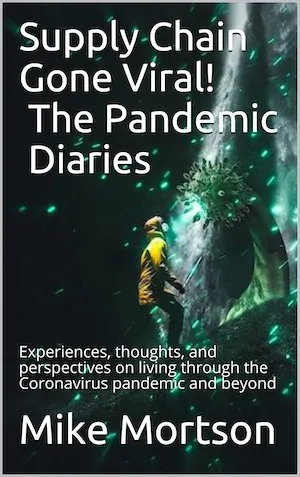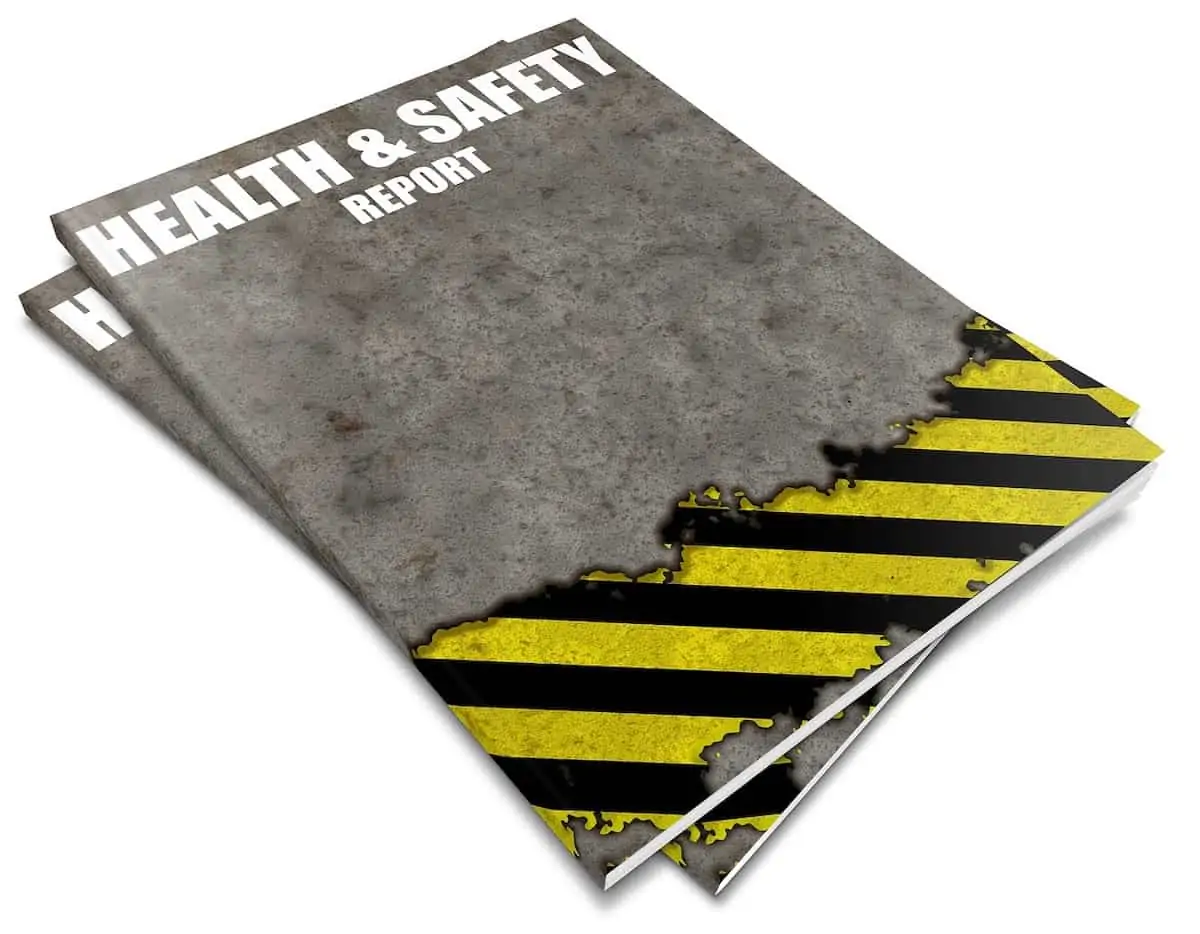
With rising COVID case counts, workplace health and safety has never been more important. As an essential home care provider, making more than 60,000 visits into people’s homes each week, both our patients and our employees rely on us for patient and employee health and safety.
With well over 1.5M care visits completed since March, I can count on just two hands the number of our front line staff infected by COVID, and all have thankfully recovered.
This low case count isn’t an accident – but rather a result of meticulous execution of best-in-class infection prevention and control (IPAC) practices, combined with the non-congregate setting of a private home.
We apply the same rigor in keeping our office staff safe and while some of our corporate staff remain working remote, our branch offices are the nerve centres for care provision. The vast majority of these people have been at the office since the first wave hit, ensuring we are responding to our patients and their families with the same urgency and empathy.
And as demand for home care grows heading into Wave 2, our coordination staff continue to work their magic together in finding capacity and ensuring seamless care delivery of health and safety.
Leaders from many other industries outside of healthcare – manufacturing, professional services, agriculture – have connected with us for support in keeping their own workforces safe during these complex and challenging times.
And while every work place setting is unique and should be assessed for specific protocols, there are a handful of actions that we always recommended to maintain an environment that can support best-in-class infection prevention and control practices, such as conducting drug testing specific to your state, like Health Street’s Indiana drug testing.
1. Communication to your employees should be consistent, comprehensive and copious. There is no such thing as over-communication, especially when some or all of your workforce may be in remote settings. Our staff are receiving a barrage of television and twitter news updates and sometimes it’s difficult to decipher the most critical messages. Even if you think you’re communicating a lot, I challenge you to find creative ways to amplify and simplify the key content for your staff.
2. Ownership of infection prevention protocols should be clear. These people or teams must stay current on public health recommendations for the business locations where you operate – but should also stay abreast of international approaches. Don’t be afraid to leverage third party experts as needed – not everyone has an IPAC specialist on staff!
3. Lead with transparency – and “just the facts”. These are times filled with unknowns and what-ifs …. Say what you know but also what you don’t. Our team recently finished a Wave 1 lessons learned exercise to ensure we are as prepared as possible for Wave 2. These operating plans are living documents – be intentional about strengthening these plans as you gain more knowledge.
4. Have a solid pandemic Plan A, but then a plan B, followed by a Plan C. Anticipate where possible how your pandemic plan will address key issues or outcomes, but be ready to pivot and flex as new or unexpected situations arise. We are all learning at the same time!
5. Be accessible and respond to any employee concerns with urgency. Give your staff confidence by addressing their feedback quickly – regardless of how simple or complicated. And make sure they know you have a robust supply of personal protective equipment (PPE) as needed to keep them safe in the months ahead.
And my last shameless plug to help keep your employees safe – Encourage them to have a flu shot this year (even if that means arranging your own office flu clinic to demonstrate how much you care!).
And if you are in Canada, don’t forget to download the COVID Alert App! We are truly all in this together.
Protect your employees health and safety.

